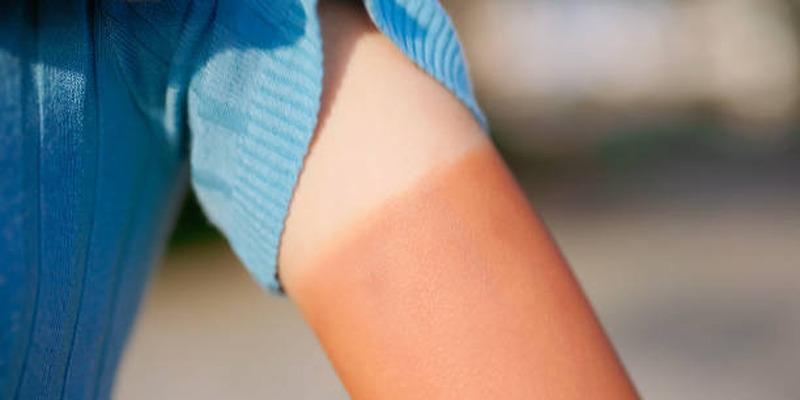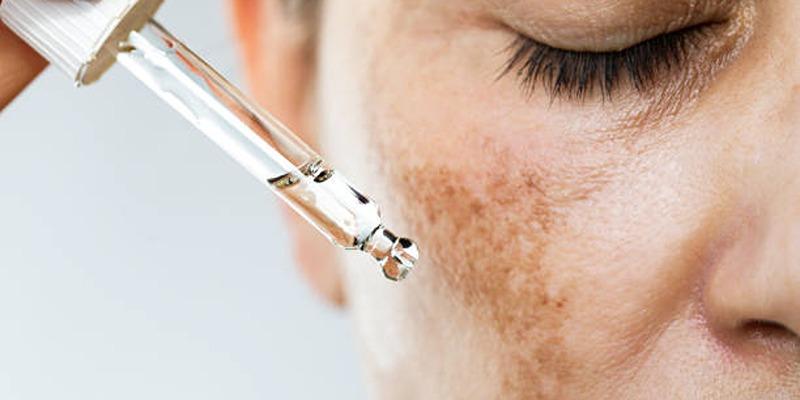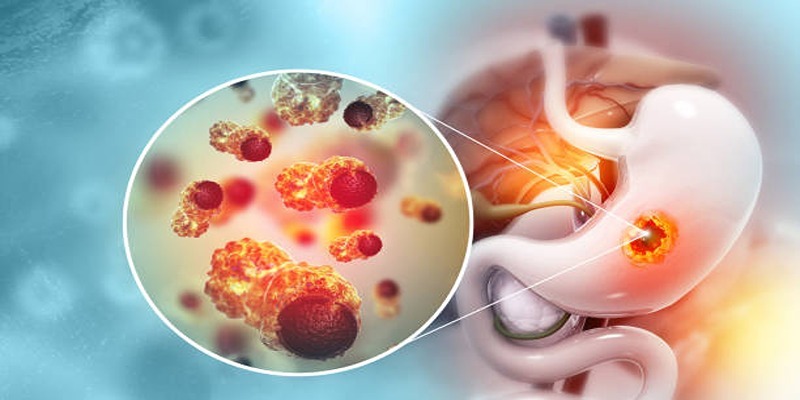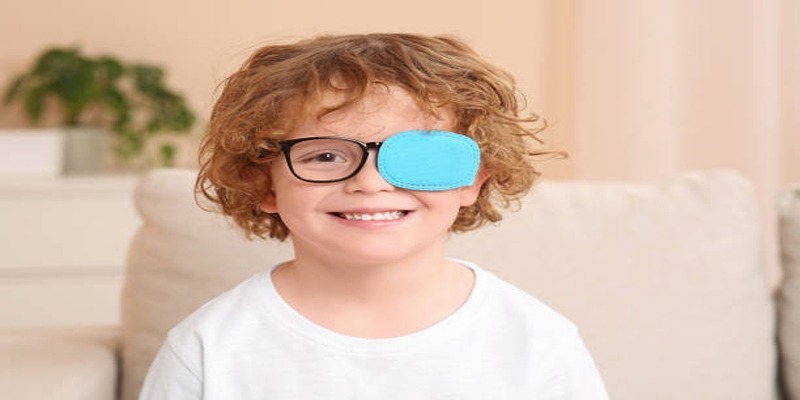The Problem with Tanning: Myths, Risks, and Skin Safety
Advertisement
Tanned skin receives significant admiration since people think this appearance enhances their physical looks and gives them a healthier appearance. A few people believe they become safer during sun exposure when they get a light tan from tanning before. The process of tanning proves to generate more problems than most people realize. Every form of tanning results in skin damage which leads to higher possibilities of enduring health complications. The following discussion explains tanning perils as well as exposes the false base tan concept alongside broad guidelines to shield your skin against solar dangers.
What Happens to Your Skin When You Tan?
 The skin produces more melanin after exposure to ultraviolet (UV) radiation thus protecting itself from sunburns.
The skin produces more melanin after exposure to ultraviolet (UV) radiation thus protecting itself from sunburns.
The Science Behind Tanning
Sun or artificial sunscreen radiation known as ultraviolet (UV) causes your skin to tan. The skin cells experience DNA damage whenever UV rays break through into the human body. A reaction in the skin sends it to create additional melanin pigment because it detects this as protection against potential harm. When your skin produces more melanin it results in a darkened skin appearance which people identify as a tan.
The Damage Caused by UV Exposure
Every time your skin tans, it sustains damage at a cellular level. Repeated exposure to UV radiation leads to:
- Premature aging, including wrinkles and fine lines
- Uneven skin tone and sunspots
- A higher risk of developing skin cancer, including melanoma, the deadliest form of skin cancer
- Weakened skin elasticity, making the skin appear leathery over time
- Increased likelihood of developing actinic keratosis, a precancerous skin condition
- Suppressed immune response, reducing the skin’s ability to heal properly
The Myth of the Base Tan
A base tan refers to the idea that gradually exposing the skin to UV rays before a vacation or summer season can build up a natural defense against sunburn. Many believe that getting a base tan reduces the likelihood of sunburn and lowers the risk of sun damage.
Why a Base Tan Does Not Protect You
The concept of a base tan providing protection is a dangerous myth. Here’s why:
- Minimal Sun Protection – A base tan offers very little protection against UV rays. At most, a tan provides a Sun Protection Factor (SPF) of about 3-4, which is far lower than the recommended SPF 30 or higher.
- Increased Skin Damage – Getting a base tan means exposing the skin to harmful UV rays before additional exposure, leading to more cumulative damage.
- False Sense of Security – People who rely on a base tan may be less likely to use proper sun protection, increasing their risk of sunburn and long-term skin damage.
- DNA Damage Accumulates – Even if you do not get sunburned, your skin cells still suffer genetic damage from UV exposure, leading to mutations that can eventually cause cancer.
The Risks of Tanning
Tanning, whether from the sun or artificial sources, poses significant health risks that extend far beyond cosmetic effects.
Skin Cancer
Excessive UV exposure is the leading cause of skin cancer. Tanning—whether from the sun or a tanning bed—damages the DNA in skin cells, which can lead to mutations that develop into cancer. The most dangerous type, melanoma, can be life-threatening if not detected early. Even non-melanoma skin cancers, like basal cell carcinoma and squamous cell carcinoma, require medical treatment and can lead to disfigurement or serious complications if left untreated.
Premature Aging
Tanning accelerates the breakdown of collagen and elastin, proteins responsible for keeping the skin firm and youthful. Over time, this leads to wrinkles, fine lines, and sagging skin, making people appear older than their actual age. The cumulative effects of UV exposure contribute to rough skin texture and a dull complexion, making it harder to maintain healthy-looking skin.
Sunburn and Painful Skin Damage
Sunburn is not just a temporary discomfort—it is a sign of severe skin cell damage. Frequent sunburns increase the risk of long-term skin problems and make the skin more vulnerable to further damage. In severe cases, sunburn can cause blistering, peeling, and even long-term pigmentation issues such as hyperpigmentation or hypopigmentation.
Increased Risk of Eye Damage
Excessive UV exposure doesn’t just harm your skin; it can also damage your eyes. Prolonged exposure to UV rays increases the risk of cataracts, macular degeneration, and photokeratitis (a painful condition similar to sunburn on the cornea). Wearing sunglasses with UV protection is crucial in preventing long-term eye damage.
How to Protect Your Skin
 Protecting your skin from harmful UV rays is essential to maintaining its health and preventing long-term damage.
Protecting your skin from harmful UV rays is essential to maintaining its health and preventing long-term damage.
Make Sunscreen a Daily Habit
For the best UV protection, use a broad-spectrum sunscreen with SPF 30 or higher. Keep these tips in mind:
- Apply sunscreen 15–30 minutes before sun exposure for maximum effectiveness.
- Reapply every two hours, especially after swimming or sweating.
- Use a generous amount to ensure full coverage of all exposed skin.
- Opt for sunscreens enriched with antioxidants to help combat environmental stressors.
- If engaging in outdoor activities, choose a water-resistant formula for longer-lasting protection.
By prioritizing sun protection, you can maintain healthier, more resilient skin for years to come.
Wear Protective Clothing
Clothing can serve as a barrier against UV rays. Choose:
- Long-sleeve shirts and pants crafted from tightly woven fabrics.
- Wide-brimmed hats to shield the face, neck, and ears.
- UV-blocking sunglasses to protect the eyes.
- Rash guards or UPF-rated clothing for prolonged outdoor exposure.
Seek Shade
Avoid direct sun exposure, especially between 10 AM and 4 PM, when UV rays are the strongest. Staying in the shade can significantly reduce the risk of skin damage. Carry an umbrella or seek shaded areas whenever possible to minimize direct UV exposure.
Avoid Tanning Beds
Tanning beds emit concentrated UV radiation, increasing the risk of skin cancer and premature aging. Avoiding tanning salons is one of the best steps you can take to protect your skin’s health. Many people falsely believe tanning beds are safer than natural sunlight, but research shows that artificial UV exposure significantly increases the risk of developing melanoma and other skin cancers.
Stay Hydrated and Nourish Your Skin
Drinking plenty of water helps keep your skin hydrated, while a diet rich in antioxidants can support skin health. Foods like berries, carrots, spinach, and nuts contain nutrients that can help the skin repair damage from UV exposure. Including omega-3 fatty acids from sources like fish and flaxseeds can help reduce inflammation and improve skin resilience.
Get Regular Skin Checks
Scheduling annual skin examinations with a dermatologist can help detect early signs of skin cancer. Conducting self-checks at home by looking for new or changing moles, spots, or lesions can also be an essential part of skin health maintenance. If you notice irregularities, seek medical advice immediately.
Conclusion
Tanning may seem like a harmless way to achieve a sun-kissed glow, but it comes with serious risks. The idea of a base tan protecting against sunburn is a myth that leads to more damage rather than prevention. Instead of relying on tanning, focus on safe sun habits like using sunscreen, wearing protective clothing, and seeking shade. By making smart choices, you can enjoy the outdoors while keeping your skin healthy and youthful for years to come. Prioritizing skin health today can help prevent severe consequences in the future, allowing you to maintain both beauty and wellness in the long run.
On this page
What Happens to Your Skin When You Tan? The Science Behind Tanning The Damage Caused by UV Exposure The Myth of the Base Tan Why a Base Tan Does Not Protect You The Risks of Tanning Skin Cancer Premature Aging Sunburn and Painful Skin Damage Increased Risk of Eye Damage How to Protect Your Skin Make Sunscreen a Daily Habit Wear Protective Clothing Seek Shade Avoid Tanning Beds Stay Hydrated and Nourish Your Skin Get Regular Skin Checks ConclusionAdvertisement












